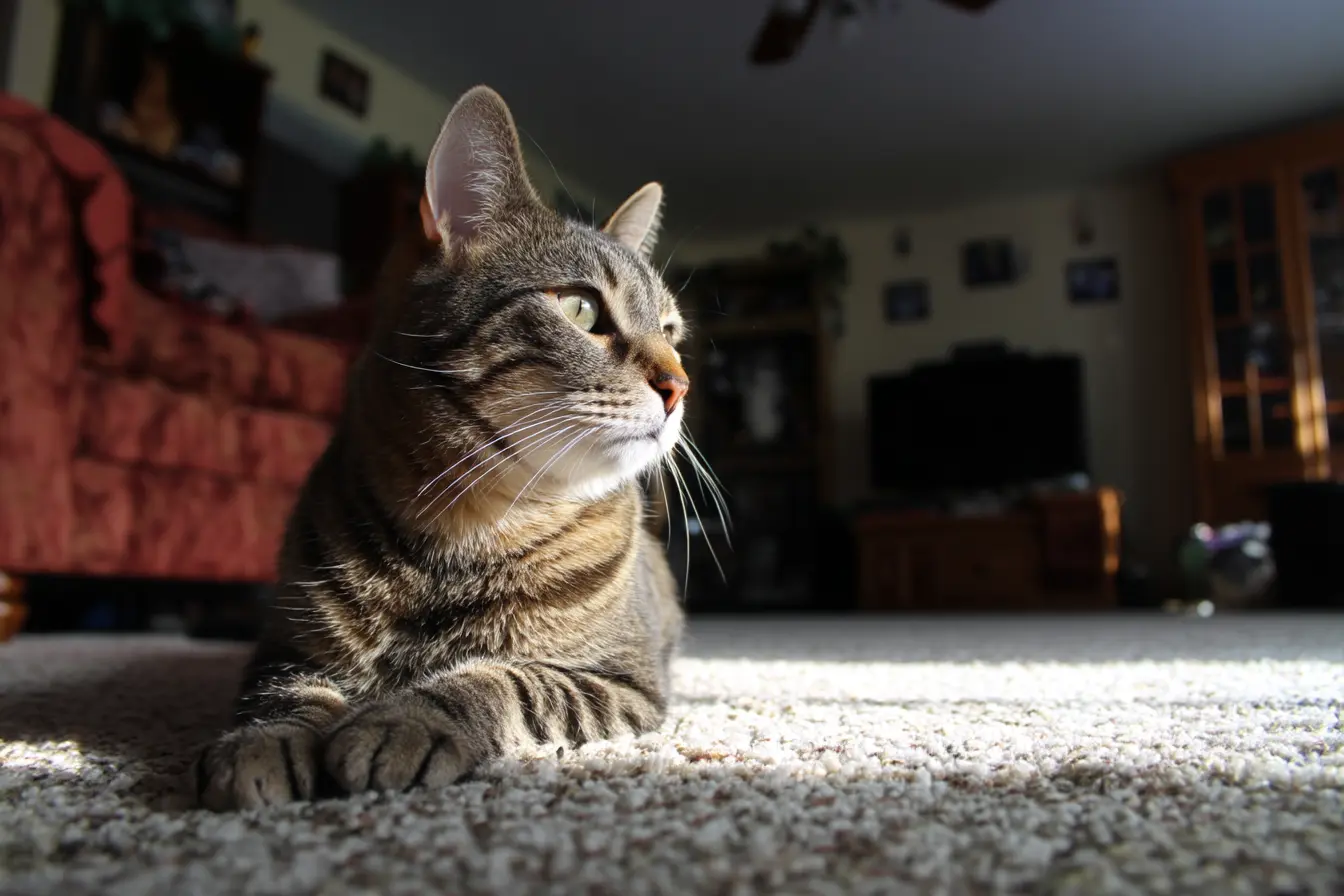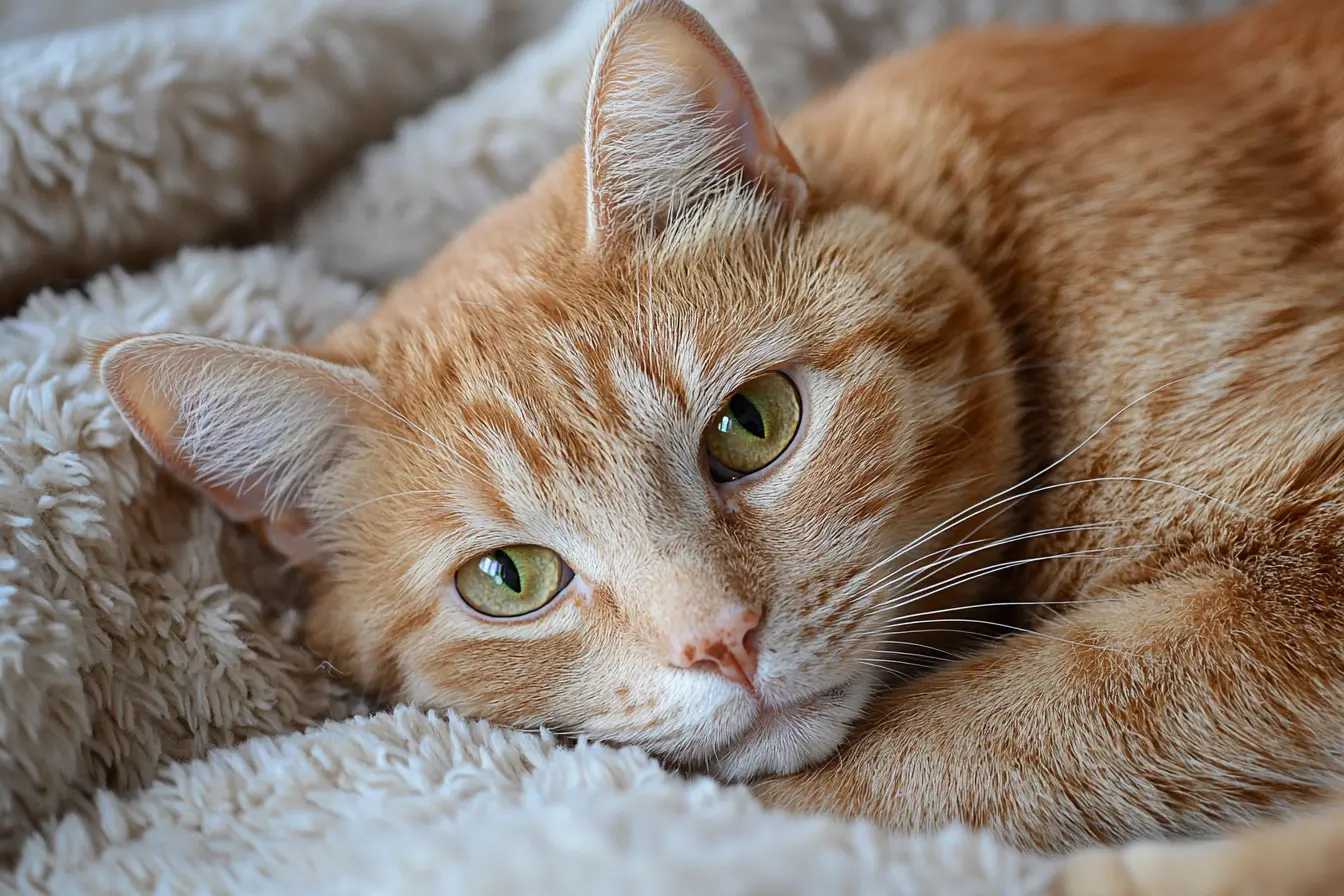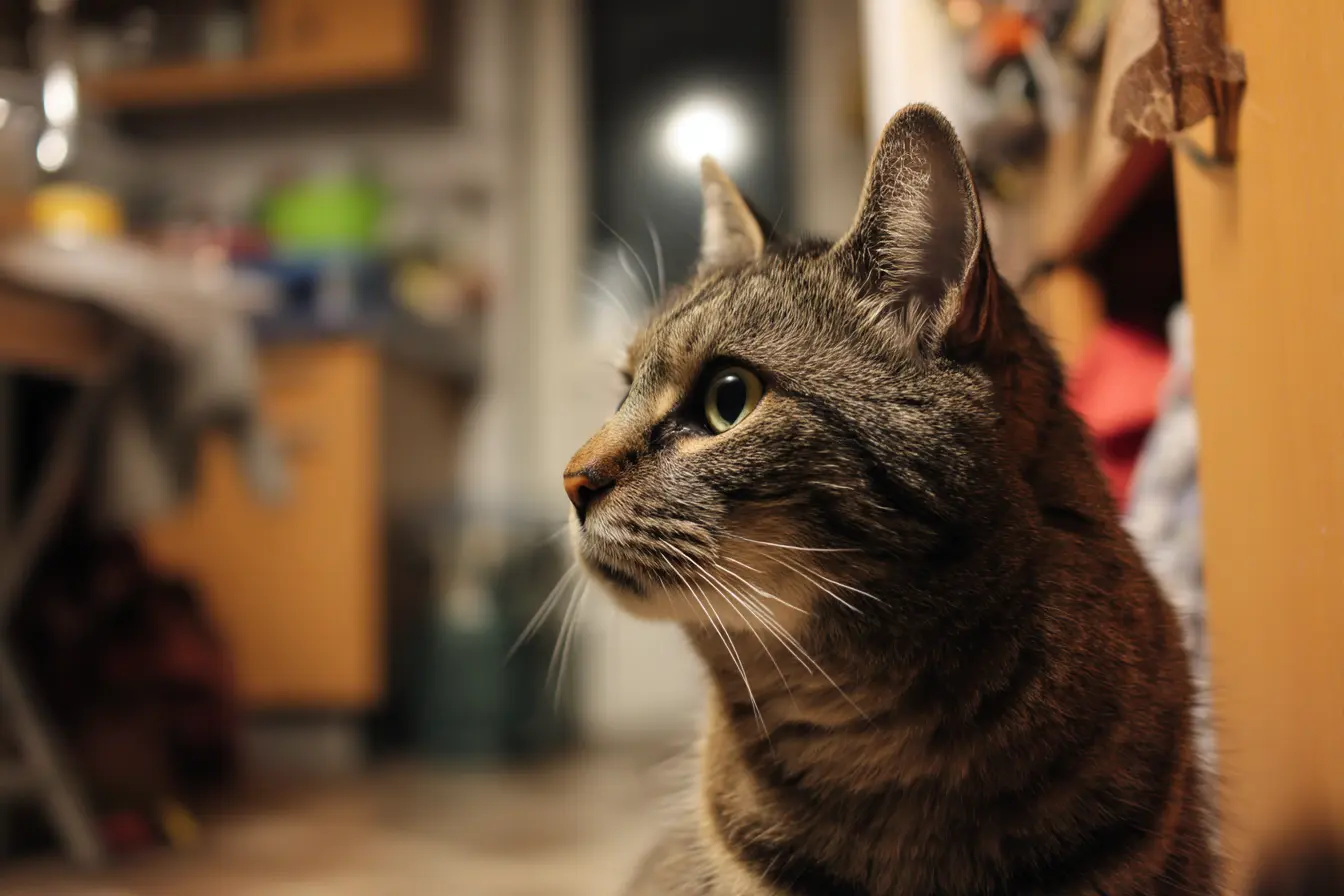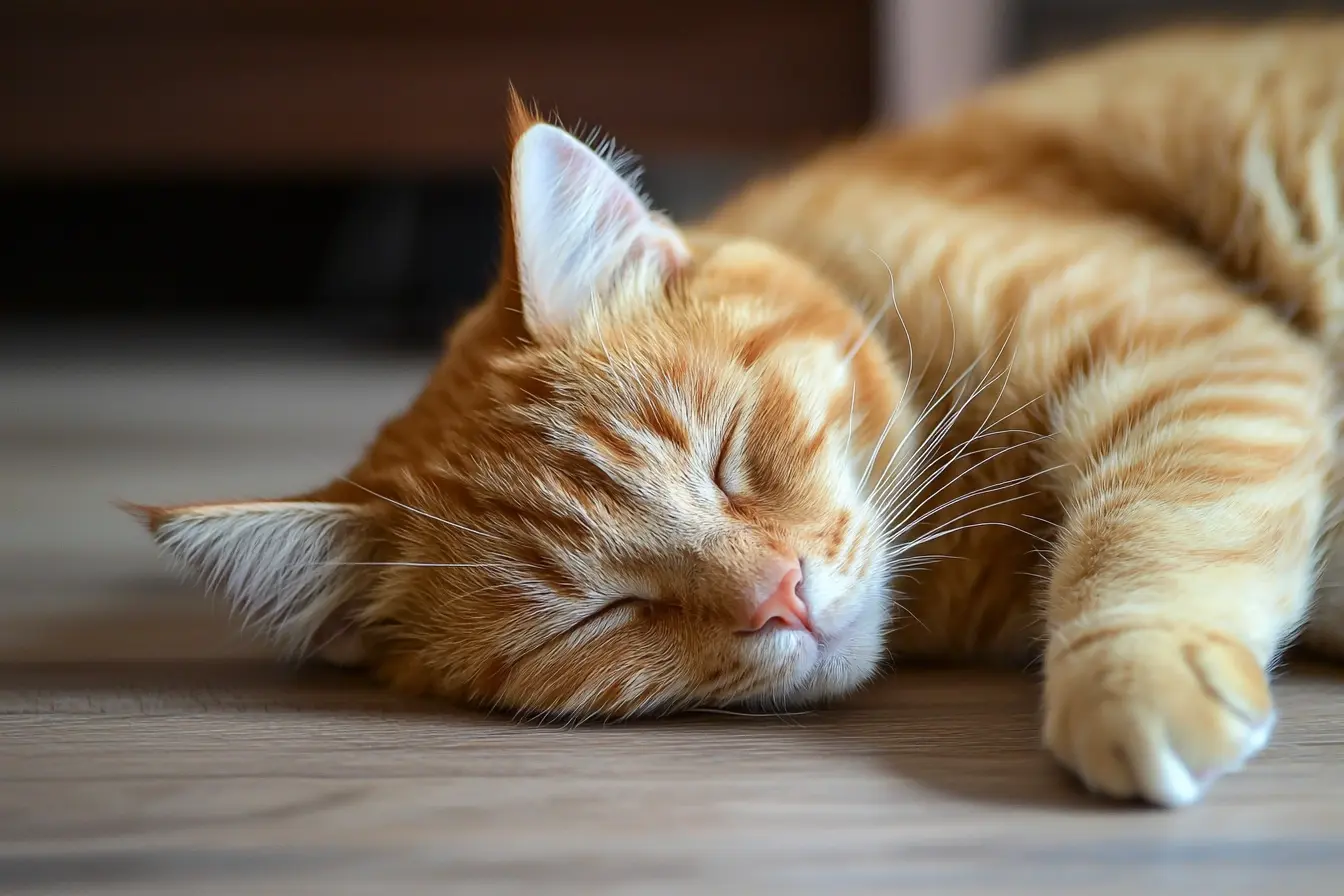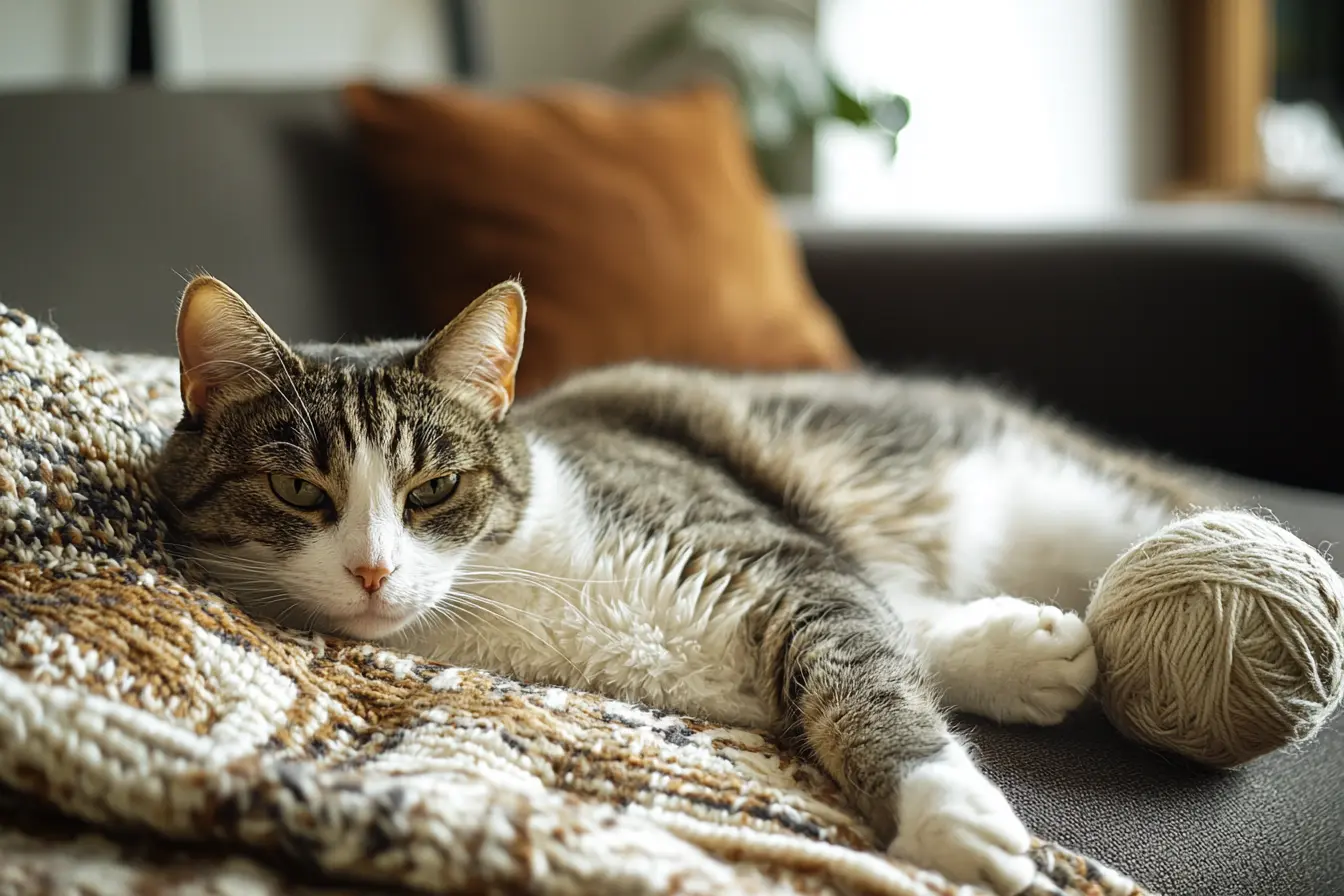
Enrichment for Cats: How to Keep Your Cat Happy and Stimulated
Enrichment is essential for a cat’s physical and mental well-being. Cats are intelligent and curious animals that require stimulation to prevent boredom, reduce stress, and promote natural behaviours. Without adequate enrichment, cats can develop behavioural problems such as excessive scratching, aggression, or anxiety.
This guide covers everything cat owners need to know about enrichment, including the benefits, different types of enrichment, and how to create a stimulating environment for your cat.
Why is enrichment important for cats?
Providing enrichment helps to:
- Prevent boredom and frustration, which can lead to destructive behaviours
- Encourage natural hunting, climbing, and exploring instincts
- Improve physical health by promoting exercise and reducing obesity
- Strengthen the bond between cats and their owners through interactive play
- Reduce stress and anxiety, particularly in indoor cats
Cats that receive regular mental and physical stimulation are generally happier, healthier, and better behaved.
Types of enrichment for cats
Enrichment can be divided into several categories, each catering to different aspects of a cat’s well-being.
Environmental enrichment
A stimulating environment encourages exploration and allows a cat to engage in natural behaviours.
Ways to enhance a cat’s environment
- Provide cat trees, shelves, or perches to encourage climbing
- Offer hideouts such as cardboard boxes, cat tunnels, or enclosed beds
- Create window perches so cats can watch the outside world
- Set up scratching posts to satisfy their natural urge to scratch
- Rotate furniture or add new elements to prevent monotony
Play and interactive enrichment
Regular play sessions provide exercise and mental stimulation.
Types of play
- Wand toys that mimic prey movements, such as feather wands or fishing rod toys
- Laser pointers used safely by avoiding direct eye contact and ending with a tangible reward
- Soft toys that can be carried, pounced on, or bunny-kicked
- Puzzle feeders that require problem-solving to access treats
Sensory enrichment
Stimulating a cat’s senses keeps them engaged and entertained.
Visual and auditory stimulation
- Cat-safe TV programmes featuring birds, fish, or small animals
- Sound recordings of nature or calming classical music
- Interactive toys that light up or make noise
Scent enrichment
- Catnip, silvervine, or valerian root to encourage play
- Bringing in safe outdoor scents, such as leaves or grass, to introduce new smells
- Scent swapping between multiple cats in a household to promote positive associations
Food enrichment
Making mealtimes more engaging encourages natural hunting behaviours.
Ways to add enrichment to feeding
- Puzzle feeders that require effort to access food
- Treat-dispensing balls that release kibble as the cat bats them around
- Scattering dry food in different locations for a foraging experience
- Slow feeders that prevent rapid eating and make mealtimes more interactive
Training and cognitive enrichment
Teaching cats new skills provides mental stimulation and builds confidence.
Training ideas for cats
- Clicker training to reinforce positive behaviours
- Teaching basic tricks such as sit, high-five, or fetch
- Encouraging cats to come when called using treats
- Agility training using tunnels, hoops, or small obstacles
Social enrichment
Providing positive social interactions is important for a cat’s emotional well-being.
Ways to encourage social bonding
- Regular petting and grooming sessions, if the cat enjoys them
- Scheduled playtime to strengthen the human-cat bond
- Supervised socialisation with other cats or pets, if they are comfortable
- Respecting a cat’s need for personal space and allowing them to initiate contact
Enrichment for indoor vs outdoor cats
Indoor cats require more enrichment than outdoor cats, as they have fewer opportunities for exploration and hunting.
Enrichment for indoor cats
- Rotate toys regularly to maintain interest
- Set up an indoor climbing area with shelves and cat trees
- Create a DIY hunting game by hiding treats around the home
- Provide a variety of scratching surfaces to encourage claw maintenance
Enrichment for outdoor cats
- Install a secure catio or enclosed garden area for safe outdoor time
- Offer climbing structures such as logs, branches, or outdoor cat shelves
- Hide food or toys in the garden to encourage natural foraging
- Ensure there are shaded and sheltered spots for resting
How to introduce new enrichment activities
Cats can be cautious about changes in their environment, so new enrichment should be introduced gradually.
Tips for a successful introduction
- Observe your cat’s preferences and adjust enrichment accordingly
- Introduce one new item or activity at a time
- Use treats or catnip to create positive associations
- Allow your cat to explore new items at their own pace
- Engage in short, frequent play sessions to build confidence
Signs that a cat needs more enrichment
A lack of stimulation can lead to boredom, stress, or unwanted behaviours. Signs that a cat needs more enrichment include:
- Excessive meowing or attention-seeking behaviour
- Destructive scratching on furniture
- Hyperactivity or sudden bursts of energy
- Overeating or begging for food due to boredom
- Sleeping excessively and showing little interest in play
- Aggression towards humans or other pets
If a cat displays these behaviours, increasing enrichment opportunities can help improve their well-being.
Common enrichment mistakes to avoid
Some well-intended enrichment efforts may not be effective if approached incorrectly.
Mistakes to avoid
- Offering the same toys without rotation, leading to boredom
- Playing too aggressively or forcing interaction
- Ignoring a cat’s individual play preferences
- Using inappropriate toys that could be swallowed or cause injury
- Not providing a variety of textures, scents, and movement-based play
Observing how a cat responds to different activities will help tailor enrichment to their needs.
Conclusion
Enrichment is a crucial part of a cat’s daily life, helping to keep them physically active, mentally stimulated, and emotionally balanced. Whether through interactive play, climbing structures, food puzzles, or training sessions, providing variety and challenge enhances a cat’s well-being.
Every cat has unique preferences, so experimenting with different types of enrichment will help create a fulfilling and engaging environment. A well-enriched cat is a happy and healthy cat.
Related Vets
Vets near you
Speciality vets
- Aquatics vet specialists
- Birds vet specialists
- Camelids vet specialists
- Cats vet specialists
- Cattle vet specialists
- Deer vet specialists
- Dogs vet specialists
- Equines vet specialists
- Exotic vet specialists
- Goats vet specialists
- Pigs vet specialists
- Poultry vet specialists
- Sheep vet specialists
- Small Mammals vet specialists
- Wild vet specialists
